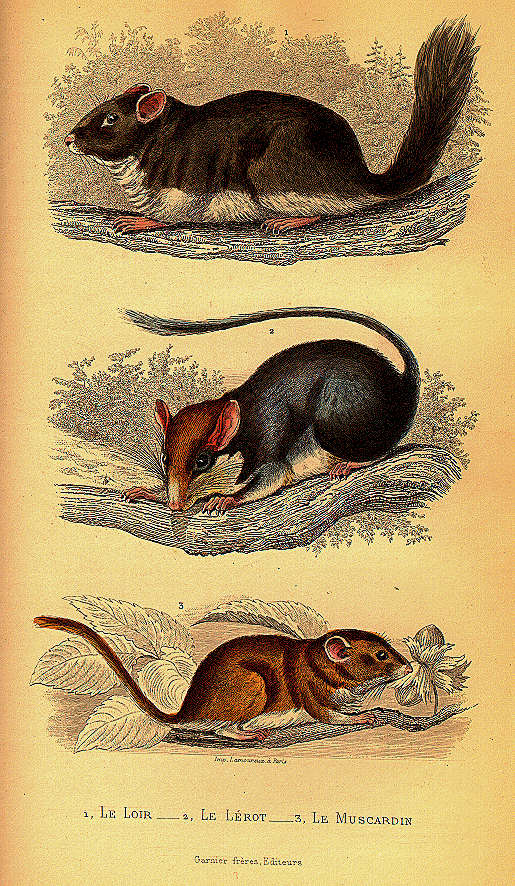 |
 |
 |
 |

The two most important classical authorities on zoology were Aristotle and Pliny, who devoted five volumes to the subject in his monumental thirty-seven-volume Historia naturalis. Between them, the two dominated discussions of zoology until well into the modern period. The sixteenth century, for instance, was a great age of botanical discovery, but there were few corresponding advances in zoology. Conrad Gesner, as part of a group known as the Encyclopedists, compiled beautifully illustrated books of animals modeled on medieval bestiaries, often with the help of distinguished artists (such as Albrecht Dürer), but the information in them was often wildly inaccurate -- sometimes little more than legendary.
The use of the compound microscope in the seventeenth century, however, opened new doors, allowing the observation of microscopic anatomical structures. From that time, the advances upon the classical authorities were more frequent and more considerable.
Much eighteenth-century research into zoology was concerned with questions of reproduction and the possibility of parthenogenesis. In 1779, Lazzaro Spallanzani demonstrated that sperm is necessary for fertilization, and in 1780 developed the techniques of the artificial insemination, using dogs for his experiments.
Zoology research also made important contributions to medicine, including one of the most important discoveries in the fight against diseases. Edward Jenner (1749-1823) began a series of experiments in 1796 on vaccination, and eventually developed a means of immunizing against smallpox.